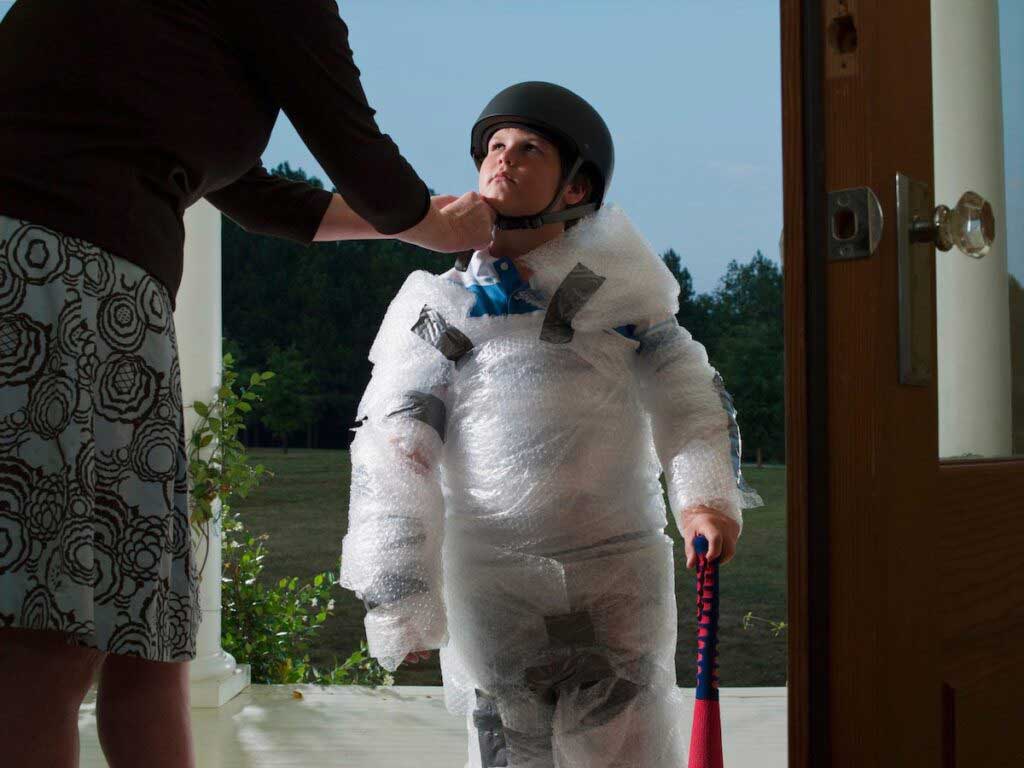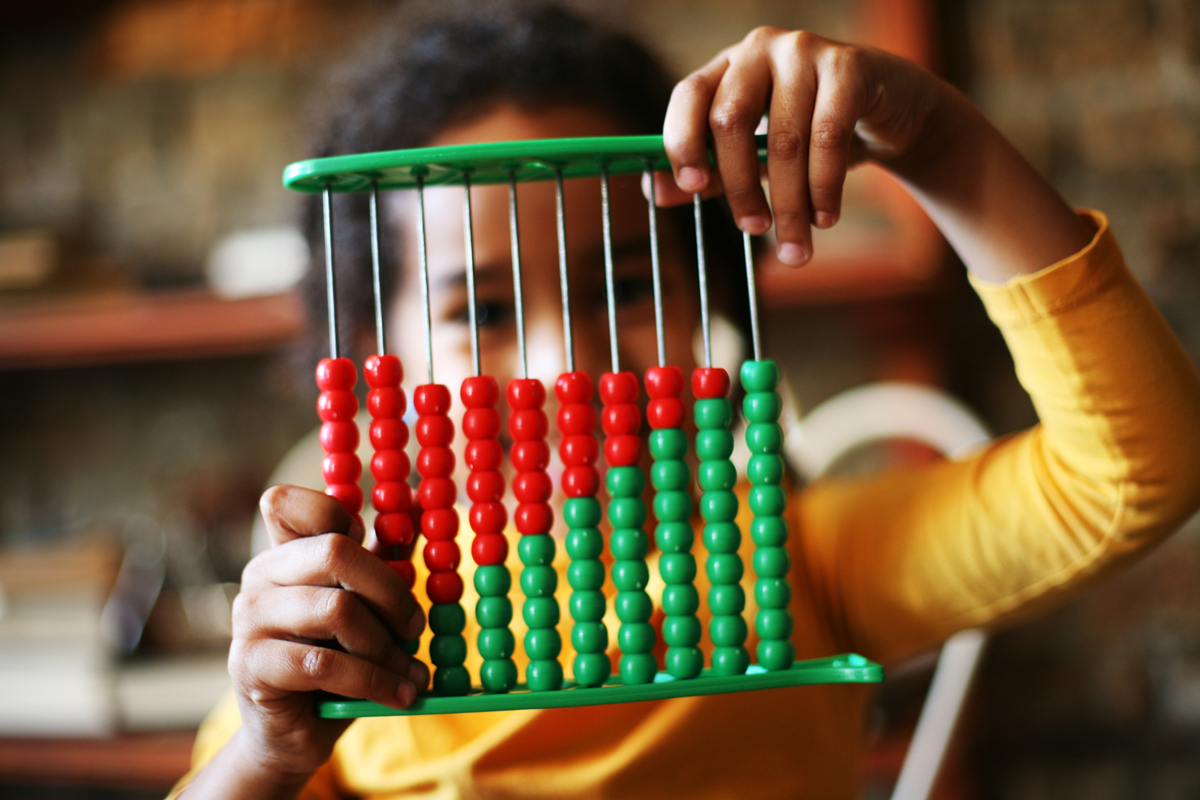Our lives are full of hard choices.
One example: the reader who messaged me with a question about her second birth. Her first had been a C-section after a stalled labor, and she was now faced with the question of whether to schedule a C-section for the next one or to try labor again. She was going back and forth, back and forth, without deciding, as time was running out.
A second example: one of my graduate student advisees and their challenging job question. This student was trying to coordinate jobs with her partner. They both had excellent job offers, but the universities were distant from each other, so they wouldn’t be able to live together. The other option was two jobs at the same university, but the jobs were a less good fit professionally. They were going back and forth, back and forth, without deciding and with time running out.

On the one hand, these decisions are completely different. On the other, there are distinct parallels. And both decisions are reflective of many other hard choices we have to make.
What’s very hard about these is that the two options both have significant downsides. Having a repeat C-section means giving up on the possibility of a vaginal birth. Trying for a vaginal birth means risking an emergency C-section. Taking better jobs in varying locations means not living together. Taking the jobs together means sacrificing some professional ambition. This means that no matter what you choose, you will be actively choosing some downside.
No one likes to actively choose downsides. For this reason, it is hard to choose at all. Decisions like this are left to fester, as we hope that somehow, magically, we’ll avoid the downside choice. In the end, we may let the decision trickle out and either make it under duress at the last minute or have a decision forced on us by having waited too long. Neither of these situations is great.
We need a way to remind ourselves that we need to make an active choice, even if it is hard. The mantra I use for this — the thing I remind myself often — is the title of this piece.
There is no secret option C.
In these complicated moments, we are often waiting for a secret third option. No matter how unlikely it is, how impossible, it’s hard not to imagine it. Maybe you’ll go to the doctor for a routine visit at 39 weeks and find you’re actually 10 centimeters dilated and ready to push. This isn’t going to happen! But … what if it did? (But it won’t.)
Or what if you wait just a few more weeks? Maybe some third set of jobs will open up that are better on all dimensions.
This magical thinking, as appealing as it is, gets in the way. There is no secret option C.
Having this realization, accepting it, and reminding ourselves of it can help force the hard decisions. It doesn’t make it easy to choose something with downsides, but it forces us to accurately weigh the risks and benefits of both choices rather than weighing them both against an imaginary (but dominant) option.
This came up frequently during COVID. When faced with Thanksgiving 2020, before vaccines, many people considered whether to see family or not. At the time, I framed this as a tradeoff between being anxious and sad. Both options had enormous downsides. If we saw family, we would be anxious about the virus. If we didn’t, we would be sad. There was no secret option C.
It comes up in our hardest parenting choices. It becomes clear that one of your children really needs more parenting time. And yet you and your partner both work in jobs you love. Your choice is between giving up a job you love (and the income) or greater struggles for your child. Both options feel bad. You have to pick the less bad one, though, since there is no secret option C.
It comes up in our hardest relationship choices. When you and your partner realize that you cannot make it work anymore. There is a choice between staying in a marriage that isn’t working or getting divorced. These are both agonizingly hard choices, but they are the only two. There is no secret option C.
These decisions aren’t always hard because the options are bad! Over the last few years, I’ve realized that it’s becoming increasingly difficult to wear all my different work hats. There are only 24 hours in a day, and something has to give. I have struggled to make decisions about what should go because I guess I’m waiting to see if the day will magically acquire 28 hours. But it won’t because there is no secret option C.
There are two gifts that this realization provides.
The first is to avoid the trap of waiting for the decision to be made for you, perhaps poorly. When there are only two options, one of the options will happen. But just waiting passively is not the right way to choose it.
The second gift, though, is that by facing the decision head-on, you may be able to make the options you do have better. For the first person who emailed me, her reality was that by facing the decision directly, she had a lot of flexibility around her repeat C-section, which would make it much easier on her and her family. But that flexibility was literally going to disappear if she didn’t make the decision in time.
Facing up to the decision about a child who needs more time with one parent may help you figure out if there is an intermediate version of time off from work, one that might be better all around.
In essence, by facing the decision, you may find yourself with better options. They aren’t a secret option C! But you might upgrade option B.
You may not need this advice right now. Luckily, tough decisions like this do not come up every day. But we all face choices like this sometimes, and when you do, call this up.
There is no secret option C.
Community Guidelines
















Log in